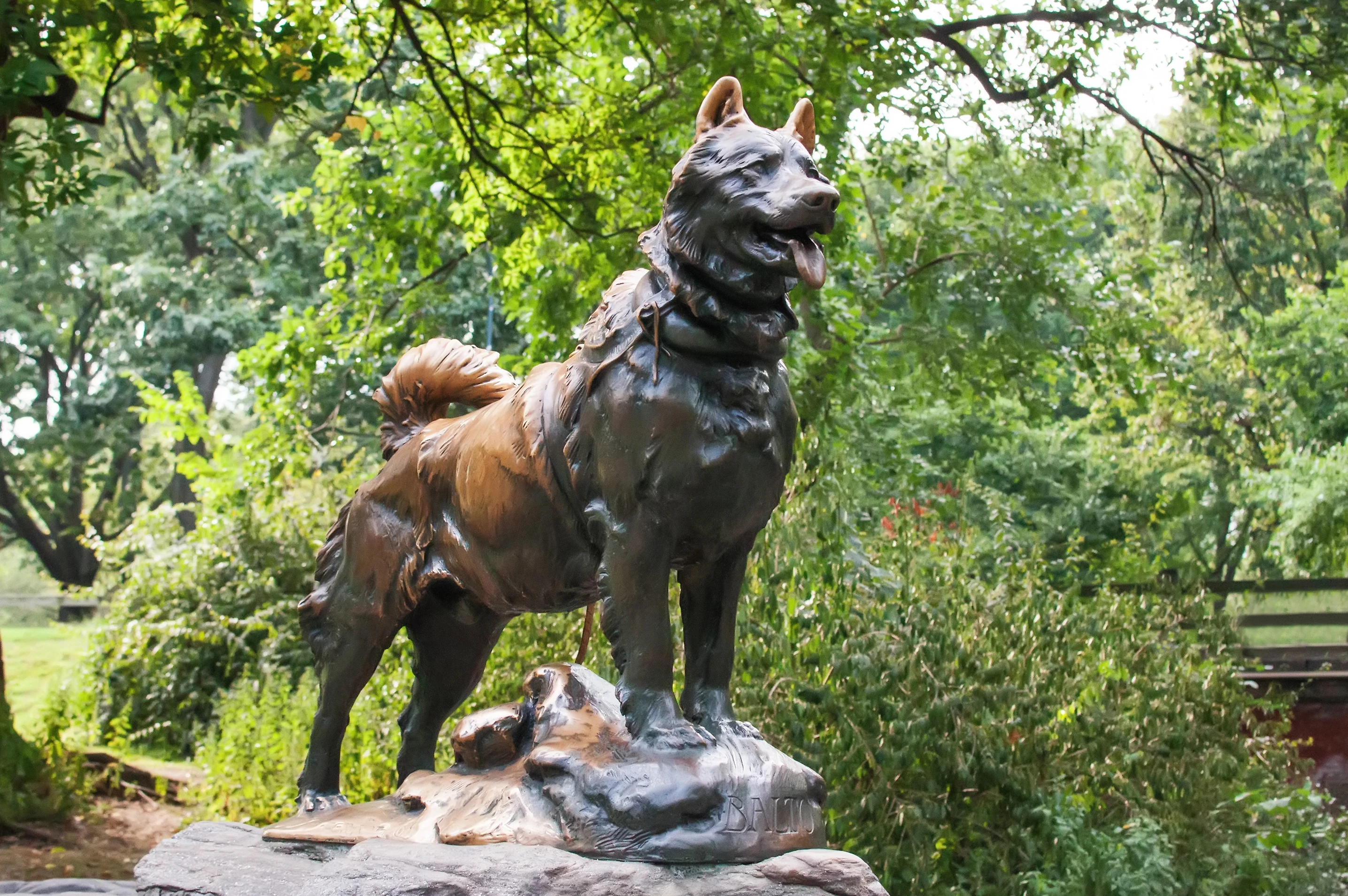A groundbreaking project has seen hundreds of scientists across the world uncover many mysteries of the evolution of mammals, work that may help us understand why humans are unique and what specific genetic changes hold the key to disease.
The Zoonomia Project, which started in 2015 and has now grown to include more than 150 researchers from 50 institutions, featured the genomes of 240 hugely varied and specialized mammals, representing around 80% of mammalian families on the planet.
Of course, this number is the tip of the iceberg, with more than 6,000 species of mammals on Earth today. The collection, which featured one elephant, 43 primates, 53 rodents and more than 100 other species, represents less than 1% of all living mammals.
However, the first results of this epic worldwide collaborative project are presented in 11 studies in the journal Science, with many more expected to follow.
“These 11 papers are just a sampling of the type of science that can be done with the new genetic data,” said researcher Beth Shapiro, professor of ecology and evolutionary biology at the University of California (UC) Santa Cruz. “They show how important these large consortia and foundational datasets really are.”
Among the studies is one that traces the evolutionary tale of famous Siberian husky Balto, who was part of a lifesaving dogsled team that delivered antitoxin to a remote town in Alaska struck down with diphtheria in 1925. He was the inspiration behind the 1995 animated film of the same name and can now be seen in statue form in New York’s Central Park.
“Balto’s fame and the fact that he was taxidermied gave us this cool opportunity 100 years later to see what that population of sled dogs would have looked like genetically and to compare him to modern dogs,” said first author Katherine Moon, a postdoctoral researcher at UC Santa Cruz.
Through the study, the scientists were able to see Balto belonged to a type of small, fast and fit sled dogs from Siberia, and was more genetically diverse than modern breeds, possibly having evolved genetic variation to adapt to the harsh 1920s Alaskan conditions.
“Balto had variants in genes related to things like weight, coordination, joint formation, and skin thickness, which you would expect for a dog bred to run in that environment," said Moon.
“It’s really interesting to see the evolution of dogs like Balto, even in just the past 100 years,” she added. “Balto’s population was different from modern Siberian huskies, which have since been bred for a physical standard, but also from modern working Alaskan sled dogs.”
The genomes of the 240 mammals are hugely varied, from the common bent-wing bat with just under 2 billion chemical base pairs making up its genetic map, to the screaming hairy armadillo with 5.3 billion base pairs. Humans sit somewhere in the middle, with just over 3 billion.
Comparing so many species allowed for the first comprehensive look across the evolutionary timeline of diverse species and how they specialized for survival, and which common genes have persevered, giving scientists clues to their importance in mammalian existence.
In another study, co-lead authors, Howard Hughes Medical institute (HHMI) scientist Megan Supple and Aryn Wilder of the San Diego Zoo Wildlife Alliance used the International Union for Conservation of Nature’s Red List of Threatened Species to rank the 240 mammals featured in the project in terms of extinction risk. Then, they looked for genetic clues that explain their contemporary status on the planet, and then quickly and inexpensively identified those most at risk of extinction.
“We know we’ll never have enough conservation dollars to go around, but by using even one genome, we can triage species,” said co-author Shapiro.
Elsewhere, another study saw a collaborative team look at more than 10,000 sections of genetic code found in all other mammals but not humans, in an effort to work out why we are such a special breed.
“Often we think new biological functions must require new pieces of DNA, but this work shows us that deleting genetic code can result in profound consequences for traits make us unique as a species,” said senior author Steven Reilly, an assistant professor of genetics at Yale School of Medicine.
The scientists found key deletions near genes linked to uniquely human diseases including schizophrenia and bipolar disorder. Understanding these changes opens the door to better understanding of human diseases and, in turn, developing new, targeted treatments for them.
“[Such deletions] can tweak the meaning of the instructions of how to make a human slightly, helping explain our bigger brains and complex cognition,” he said. “These tools have the capability to allow us to start to identify the many small molecular building blocks that make us unique as a species.”
In other papers, scientists isolated parts of the genome linked to a few traits such as large brain size, excellent olfactory abilities and successful hibernation. Elsewhere, scientists found more concrete clues that mammals had already begun to evolve and diversify before the dinosaur-decimating asteroid hit Earth some 65 million years ago, and continued to change following it, but at a much more rapid rate.
The researchers hope to add more genomes to the Zoonomia dataset, and there’s currently a vertebrates genome project in the works, with more than 70,000 different creatures expected to be genetically mapped.
The 11 research papers are published in a special edition of Science.
To see more about how the Zoonomia Project came about, see the video below:
Sources: Zoonomia Project, Howard Hughes Medical Institute, Yale University, Broad Institute





